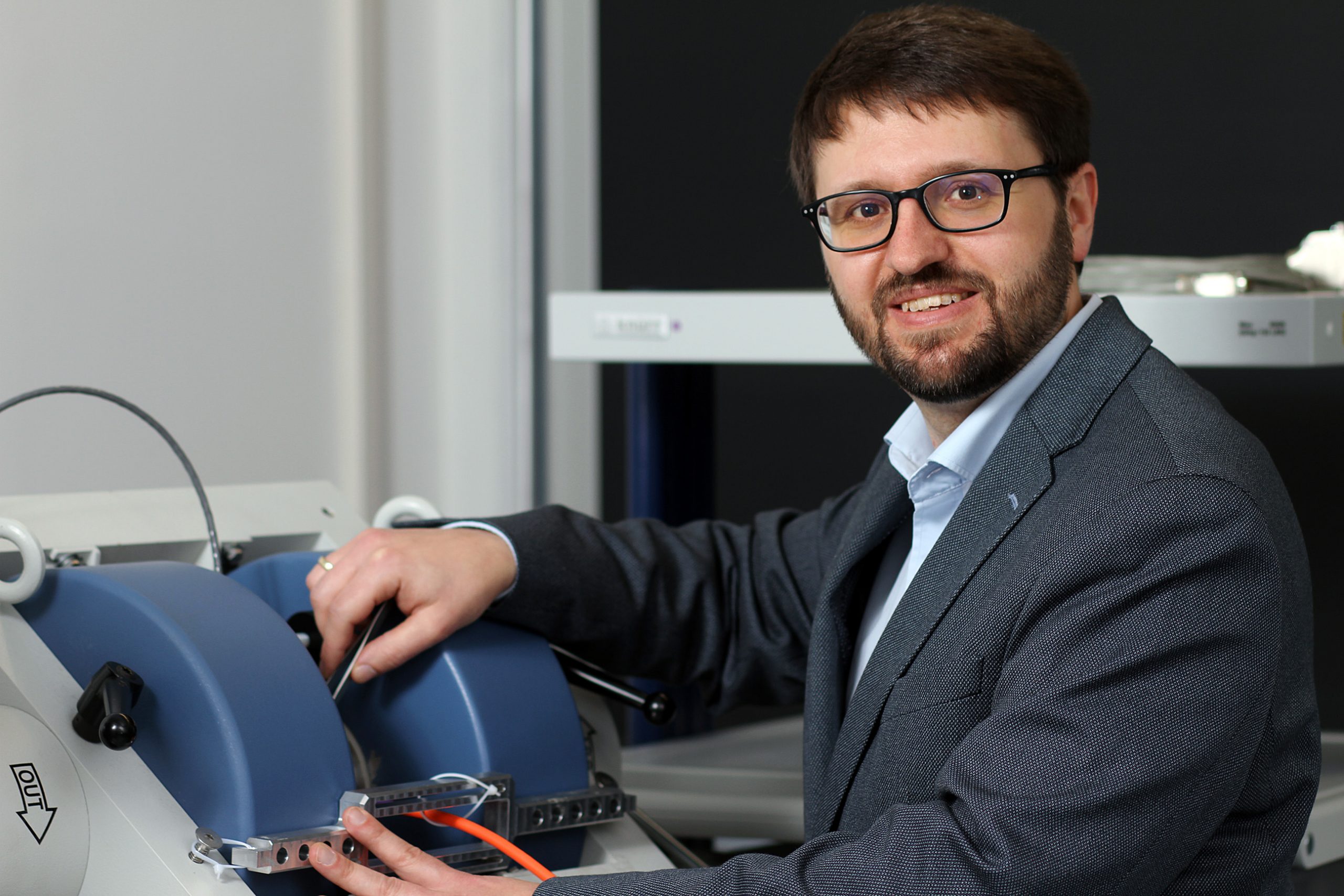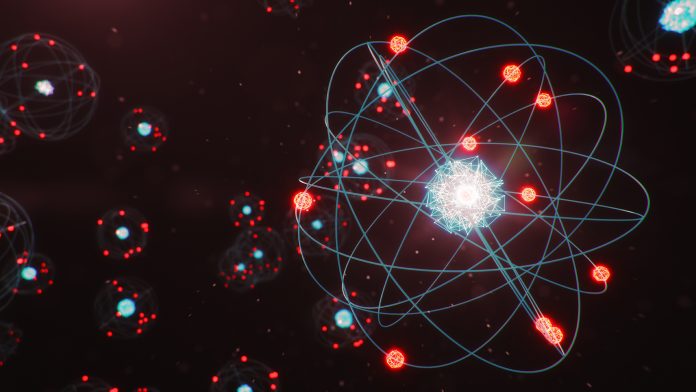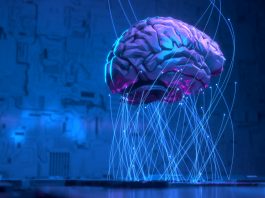A research team from the Technical University of Kaiserslautern (TUK) has been awarded a Consolidator Grant from the European Research Council (ERC), to develop spintronic devices.
Why is spintronics important?
Professor Dr Mathias Weiler, lead of the study, will receive €2m over the next five years. Scientists are working on spin waves and new spintronic devices that could drastically accelerate the storage, processing, and transmission of information.
However, an issue that is commonly encountered is the control of magnetic materials with complex spin order. With the funding, Weiler now wants to employ surface acoustic waves to circumvent this problem, which have so far been utilised primarily in smartphones.

What will employing this phenomenon mean for spintronic devices?
When processing information, we primarily utilise the electrical charge of electrons. However, over time, devices are becoming smaller and much more powerful. Thus, an electric current with its high waste heat is reaching its limits, which is why scientists are working on alternatives, such as utilising spin waves.
“Spin describes the intrinsic angular momentum of a quantum particle, for example an electron or neutron,” explained Professor Dr Mathias Weiler, lead researcher on applied spin phenomena at TU Kaiserslautern. “It forms the basis for all magnetic phenomena.”
Collective excitations of spins – or spin waves – can transport more information than electrons while consuming significantly less energy and generating less waste heat. This makes the possibilities for spin wave applications both interesting and promising. They could be used to develop new spintronic devices that significantly accelerate the processing and storage of information.
How will the spin waves work?
An important role is played by magnetic materials that have complex spin orders and associated special properties. Such complex spin orders are found in antiferromagnets and magnetic skyrmions.
“Unlike ferromagnets, which have wide technological applications as permanent magnets, complex magnetic materials cannot be characterised by an easily controllable macroscopic magnetisation,” said Weiler. “Instead, their complex spin structure is protected by quantum mechanical exchange interaction and topology, so it cannot be easily perturbed by external magnetic fields.”
This protection, along with natural frequencies that can reach the terahertz range, makes complex spin systems particularly suitable for robust and fast information processing.
What problems could scientists potentially encounter?
Currently, no efficient methods exist to control spin waves in these systems, therefore the potential of this class of materials remains largely unexplored. This is where the EU-funded project known as ‘Magneto-Acoustic Waves in Complex Spin Systems’ (MAWiCS) comes in.
Researchers aim to combine complex spin systems with surface acoustic waves (SAW), Weiler explained: “Surface acoustic waves are widely used in communication technology. They are used, for example, to realise the numerous frequency filters in smartphones. We will link this current key technology with next-generation spin-based information technology.”
The physicists intend to take advantage of the fact that SAW couples very well with these complex spin systems, which means that they can control them very efficiently. Scientists thereby benefit from their long-standing expertise in utilising SAW to control ferromagnetic systems, and the team will now extend this expertise to antiferromagnets and chiral magnets.
“With our experiments, we want to lay the groundwork for these materials to come into use in information processing,” Weiler concluded. “They can enable a new class of information technology.”
The work will take place in the new research building, Laboratory for Advanced Spin Engineering (LASE), on TUK’s campus. This scientific research is integrated into the Rhineland-Palatinate-funded state research centre, Optics and Materials Sciences (OPRIMAS), which is the TopDyn research initiative.
This was jointly established with the Johannes Gutenberg University Mainz, as well as the priority program SPP 2137 ‘Skyrmionics: Topological spin phenomena in real space for applications,’ and the collaborative research centre SFB/TRR 173 ‘Spin+X – Spin in its collective environment,’ which are funded by the German Research Foundation.
To keep up to date with our content, subscribe for updates on our digital publication and newsletter.









